Top Food Trends for 2024 – Which Ones Should Your Restaurant Consider
Top food trends for 2024 and how your restaurant can use them to make your restaurant better
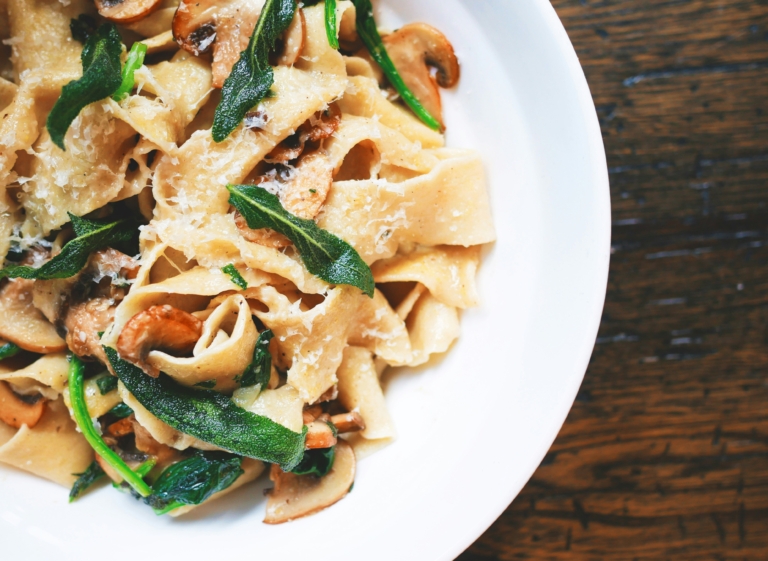
Cultural influences, sustainability goals, and consumer preferences are some of the trends in 2024 that restaurants must stay ahead of to remain relevant and attract customers. Here are the top food trends for 2024 and how your restaurant can embrace them to thrive.
Plant-Based Innovation: Beyond Meat Alternatives
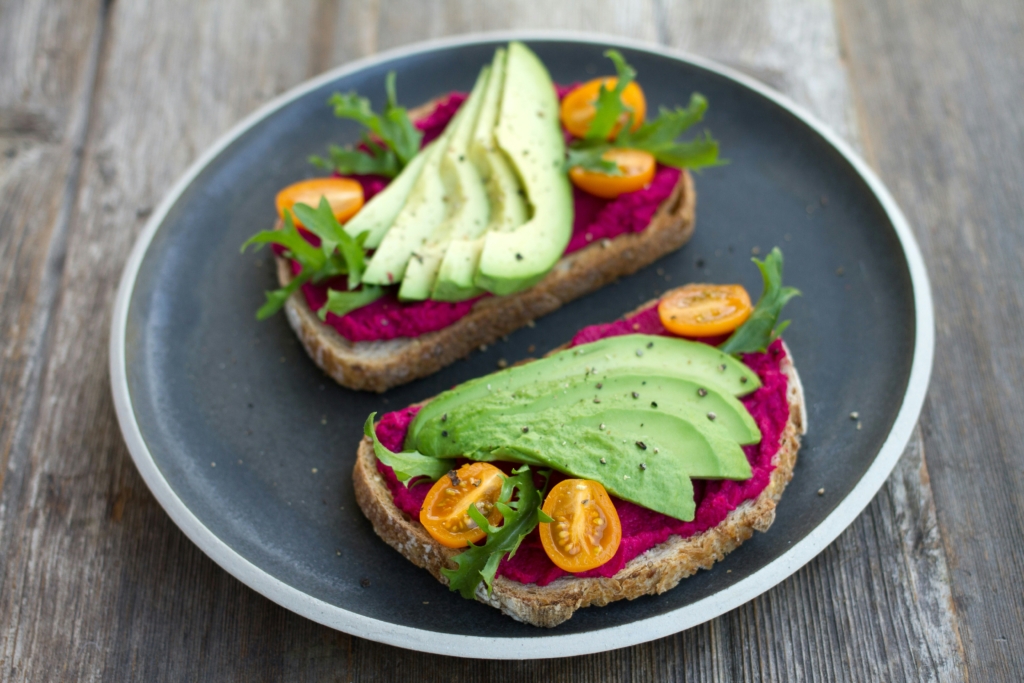
Plant-based dining continues to gain momentum, but 2024 we saw a shift from generic meat substitutes to innovative, whole-food plant-based options. Chefs explored jackfruit, mushrooms, legumes, and fermentation to craft unique dishes that highlight natural flavors and textures.
What Your Restaurant Should Consider:
- Introduce creative plant-based dishes that focus on whole foods, such as lentil-stuffed bell peppers, mushroom risottos, or jackfruit tacos.
- Highlight locally sourced, seasonal ingredients.
- Educate staff to communicate the benefits and flavors of plant-based options to customers.
Hyper-Local Sourcing and Foraging
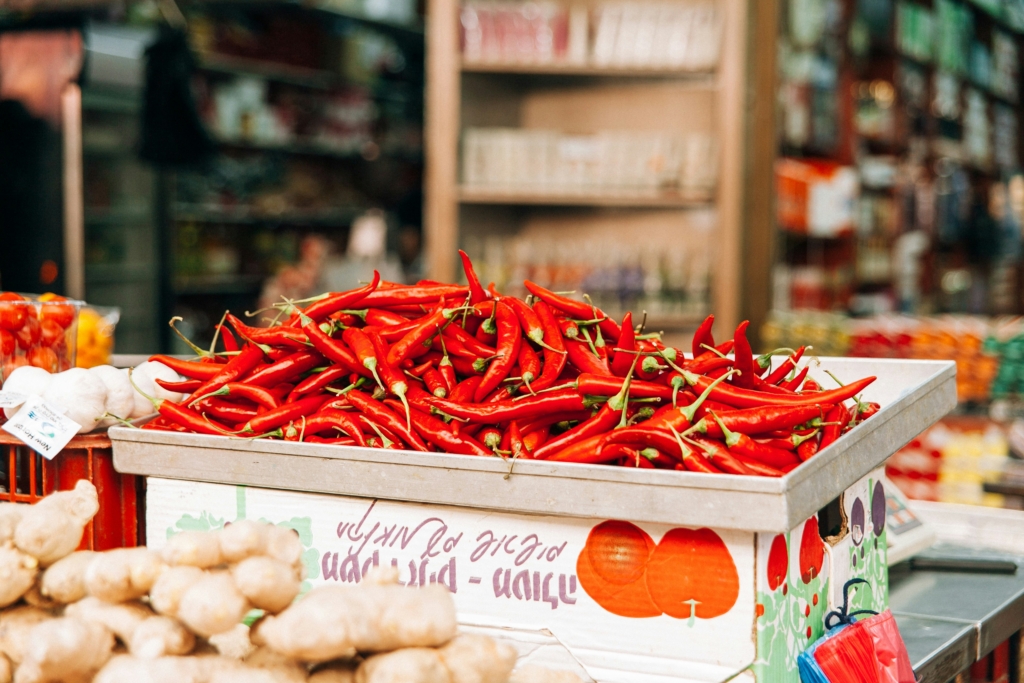
Consumers are increasingly conscious of where their food comes from. Hyper-local sourcing—growing produce on-site or sourcing from nearby farms—and foraging for wild ingredients are on the rise.
You can use websites like Caff, Local Harvest and U.S Farm Trails to find farms close to you.
Some of the best restaurants in the world renowned for their use of local ingredients include:
Central (Lima, Peru)
Central, led by Chef Virgilio Martínez, highlights Peru’s biodiversity by incorporating ingredients from various ecosystems, from the Andes to the Amazon. Its tasting menu celebrates local traditions and sustainability, making it a global culinary icon.
https://centralrestaurante.com.pe/en/about.html
Blue Hill at Stone Barns (Pocantico Hills, USA)
Located on a working farm, Chef Dan Barber emphasizes hyper-local, farm-to-table dining. The menu is crafted around seasonal harvests and showcases regenerative agricultural practices.
Mirazur (Menton, France)
Situated on the French Riviera, Mirazur focuses on Mediterranean ingredients sourced from its gardens and local producers. Chef Mauro Colagreco’s dedication to freshness and sustainability has earned this restaurant significant acclaim.
Attica (Melbourne, Australia)
Chef Ben Shewry incorporates native Australian ingredients and promotes biodiversity in his dishes. Attica’s focus on sustainability and community engagement makes it a standout.
Narisawa (Tokyo, Japan)
Known for its focus on seasonal Japanese ingredients, Narisawa combines French techniques with a sustainable ethos. Its minimalist approach celebrates harmony with nature.
Geranium (Copenhagen, Denmark)
With three Michelin stars, Geranium offers a fine dining experience centered on Nordic ingredients. Chef Rasmus Kofoed’s innovative dishes pair seasonal local produce with artistic presentations.
https://www.narisawa-yoshihiro-en.com
Pujol (Mexico City, Mexico)
Chef Enrique Olvera’s celebrated restaurant champions Mexican heritage by using native ingredients in innovative ways. Pujol’s menu reflects traditional flavors elevated through modern techniques.
Each of these establishments emphasizes the importance of local, seasonal, and sustainably sourced ingredients, showcasing the possibilities of hyper-local sourcing in fine dining.
All of these establishments focus the importance of local, seasonal, and sustainably sourced ingredients, showcasing the possibilities of hyper-local sourcing in fine dining.
What Your Restaurant Should Consider:
- Partner with local farms or establish a kitchen garden.
- Incorporate unique, foraged ingredients into your menu to create a sense of place.
- Promote these practices through your marketing to connect with eco-conscious diners.
Zero-Waste Cooking
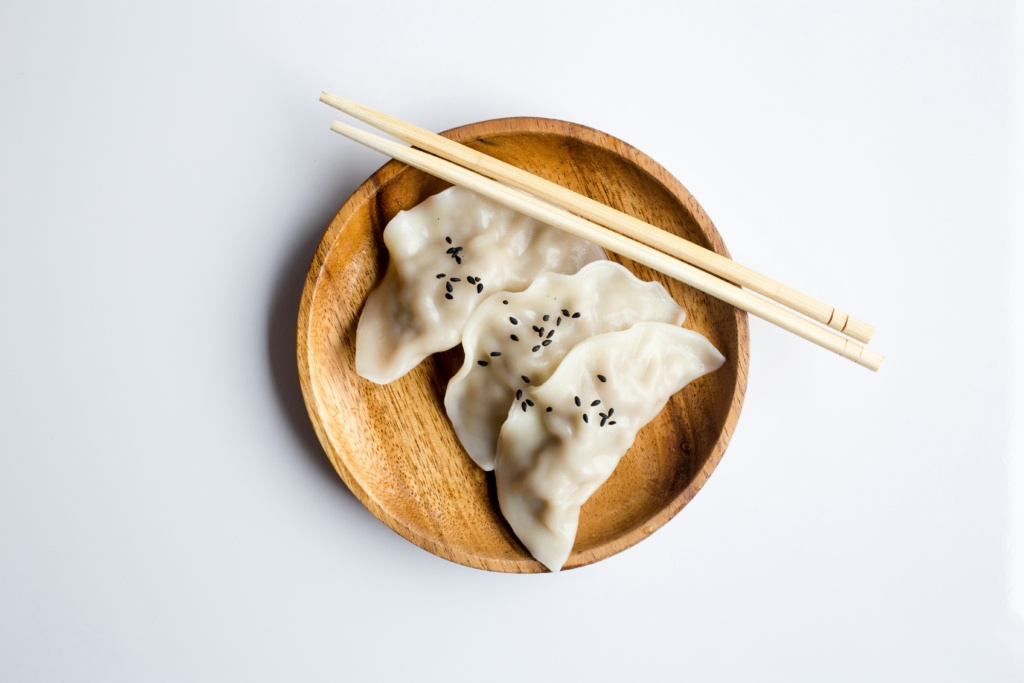
Zero-waste cooking is a sustainability-focused approach that minimizes food waste by utilizing every part of an ingredient, from root to leaf. This philosophy encourages creativity in the kitchen and aligns with global efforts to combat food waste, which accounts for a significant portion of environmental impact. Here’s how restaurants are embracing this trend:
Key Practices in Zero-Waste Cooking
Repurposing Scraps
Trimmings from vegetables can become broths or purees, while fruit peels can be transformed into syrups, powders, or garnishes.
Nose-to-Tail Cooking
Involves using every part of an animal, from cuts of meat to bones, to create dishes like bone broth or organ pâtés.
Fermentation and Preservation
Pickling, fermenting, and dehydrating excess produce extends its shelf life and enhances flavors.
Composting:
Restaurants can compost inedible waste to support local farming and close the waste loop.
Smaller Menus
Streamlined menus reduce ingredient waste and allow chefs to focus on using fewer items more effectively.
Examples of Zero-Waste Restaurants
Silo (London, UK)
Known as the world’s first zero-waste restaurant, Silo uses locally sourced ingredients and eliminates packaging, composting any waste it generates.
Blue Hill at Stone Barns (USA)
Chef Dan Barber incorporates zero-waste principles by designing menus around food scraps and farm byproducts.
Amass (Copenhagen, Denmark):
Amass which has now closed it’s doors was one of the leaders in sustainability. Chef Matt Orlando used creative techniques to minimize waste, turning items like vegetable stems into delicious accompaniments, coffee grounds into miso and old bread into ice cream. When Amass closed Chef Orlando said
“Amass is not a physical space, but a mindset that transcends these walls”
Examples of zero-waste dishes
Vegetable Peel Chips
- Use potato, carrot, or beet peels to make crispy chips. Toss them in oil and spices, then bake or fry for a crunchy snack.
- Great for reducing waste from peeled vegetables in other dishes.
Broth from Scraps
- Collect vegetable trimmings, herb stems, and bones (if non-vegetarian) to create a rich stock. Freeze scraps until you have enough for a batch.
- Perfect as a base for soups, risottos, or sauces.
Bread Pudding or Croutons
- Stale bread can be transformed into sweet bread puddings or savory croutons for salads and soups.
- A classic example of turning waste into a culinary treasure.
Pickled Watermelon Rinds
- Often discarded, watermelon rinds can be pickled with vinegar, sugar, and spices to make a tangy condiment.
Citrus Zest and Marmalades
- Zest citrus fruits before juicing to add flavor to desserts and savory dishes.
- Use peels to make marmalades or candy them for garnishes.
Root-to-Stem Salads
- Use the entire vegetable, such as broccoli stems (sliced thinly for slaws) or beet greens (sautéed or added to salads).
Coffee Grounds Desserts
- Leftover coffee grounds can enhance flavors in cookies, ice cream, or chocolate-based desserts.
Fish Head Soup
- In seafood-focused kitchens, fish heads and bones can be simmered to make a flavorful soup or stock, often found in Asian or Mediterranean cuisines.
Cheese Rind Infused Oil
- Hard cheese rinds (like Parmesan) can infuse oil or broths with a savory umami flavor before being discarded.
Fermented or Pickled Vegetable Scraps
- Turn excess cucumber ends, cabbage cores, or onion peels into pickled accompaniments or fermented snacks.
Benefits of Zero-Waste Cooking for your restaurant
Environmental Impact:
Reduces landfill contributions and conserves resources used in food production.
Cost Savings
Maximizing ingredient usage lowers purchasing costs and improves profit margins.
Customer Appeal
Modern diners appreciate sustainability and are drawn to restaurants practicing ethical cooking.
What Your Restaurant Should Consider:
- Train staff to creatively utilize leftovers and scraps.
- Offer dishes that showcase your zero-waste philosophy, like “chef’s special” soups or stews.
- Engage customers by highlighting your waste-reduction efforts on menus and social media.
Functional and Gut-Health Foods
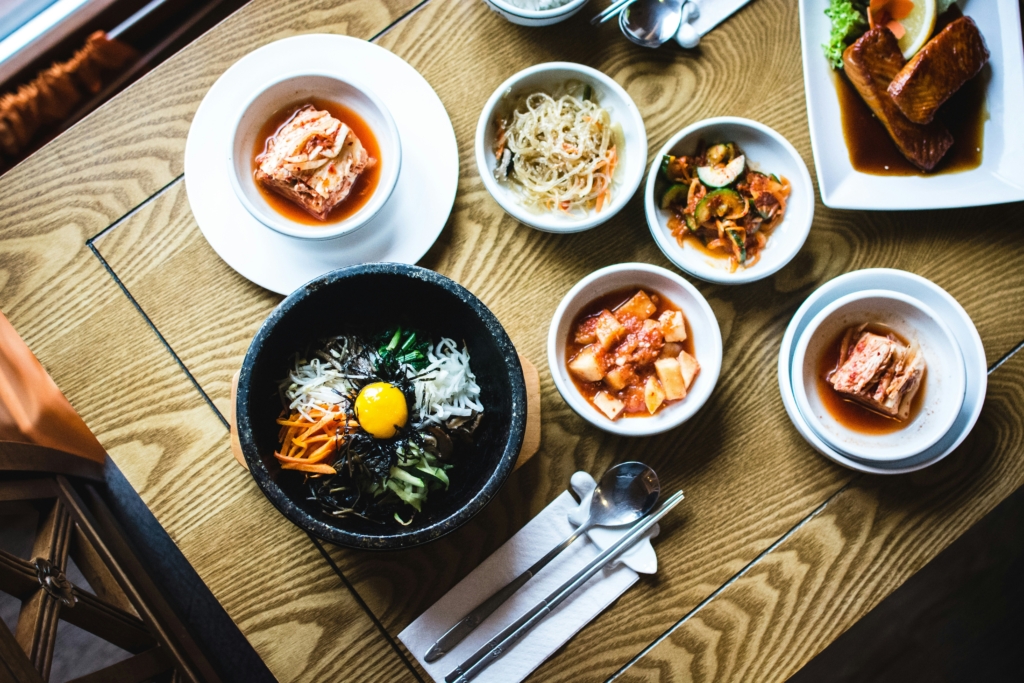
With wellness as a priority for many, functional foods—those offering health benefits beyond basic nutrition—are becoming mainstream. Probiotic-rich items like kimchi, kombucha, and miso, as well as prebiotic foods like onions and garlic, are in high demand.
Here are some ways your restaurant can integrate gut-health foods into your menu:
Fermented Foods
Fermented ingredients, packed with probiotics, are gut-health staples:
- Examples: Kimchi, sauerkraut, miso, tempeh, and pickles.
- Dishes: Kimchi fried rice, miso-glazed salmon, or a tempeh Buddha bowl.
- Restaurant Strategy: Highlight fermentation processes in menu descriptions to educate customers about their benefits.
Yogurt and Kefir-Based Dishes
Dairy or plant-based yogurt and kefir are versatile for gut-health menus:
- Examples: Breakfast parfaits, smoothie bowls, or dips.
- Dishes: A yogurt-based cucumber raita or kefir smoothies with seasonal fruits.
Kombucha and Probiotic Drinks
Restaurants can offer gut-friendly beverages:
- Examples: Kombucha on tap, fermented teas, or probiotic sodas.
- Additions: Experiment with mocktails using kombucha as a base.
Prebiotic-Rich Foods
Prebiotics nourish beneficial gut bacteria:
- Examples: Garlic, onions, bananas, asparagus, chicory, and whole grains.
- Dishes: Roasted garlic hummus, asparagus salad, or whole-grain pasta with caramelized onions.
Fiber-Rich Menu Items
Fiber supports gut health and overall digestion:
- Examples: Legumes, oats, flaxseeds, chia seeds, and leafy greens.
- Dishes: Lentil soups, chia pudding, or oat and berry granola bowls.
Plant-Based Fermented Alternatives
Plant-based restaurants can include innovative gut-health options:
- Examples: Cashew cheese, coconut yogurt, or fermented nut-based spreads.
- Dishes: Vegan cheese boards or fermented almond cream sauces.
Bone Broth and Collagen-Rich Soups
Bone broth supports gut lining health and is easily adaptable to menus:
- Dishes: Bone broth ramen, collagen-rich soups, or broths as starters.
Gut-Friendly Desserts
Desserts can also support gut health:
- Examples: Desserts sweetened with gut-friendly alternatives like honey or fruit.
- Dishes: Yogurt panna cotta, kefir ice cream, or chia seed puddings.
What Your Restaurant Should Consider:
- Add dishes featuring fermented or gut-friendly ingredients.
- Collaborate with nutritionists to create a “health-forward” menu section.
- Use menu descriptions and marketing to explain the health benefits of gut-focused ingredients.
Global Flavors with a Local Twist
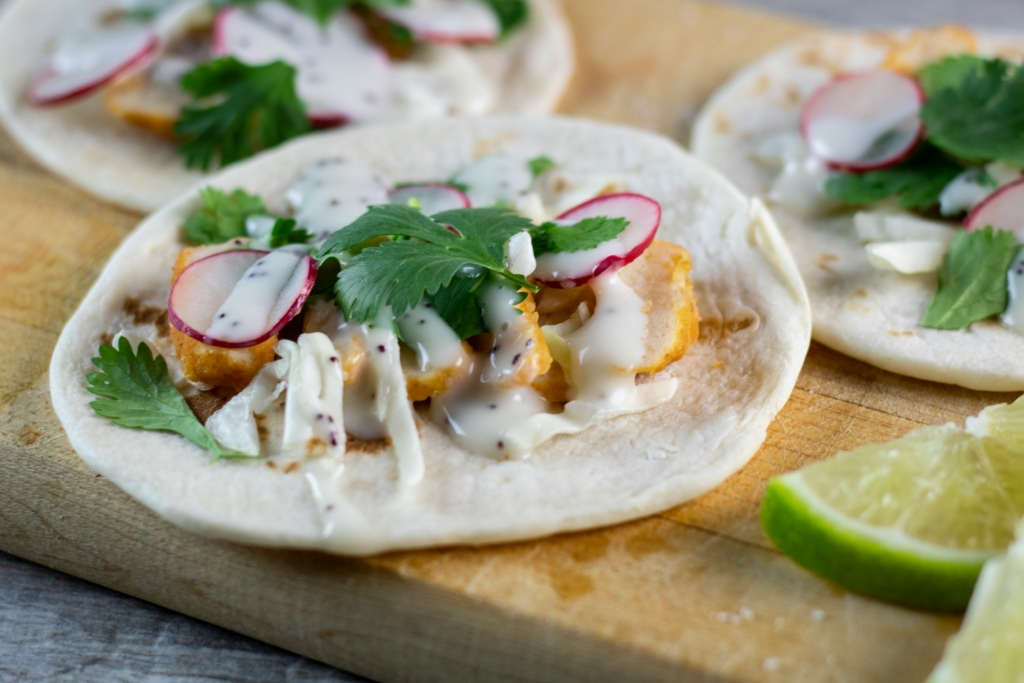
Diners crave global flavors but also appreciate a sense of familiarity. In 2024, blending international cuisines with local ingredients will be key.
What Your Restaurant Should Consider:
- Experiment with fusion dishes, such as tacos with locally foraged mushrooms or ramen featuring regional vegetables.
- Collaborate with local artisans for unique, cross-cultural products.
- Rotate global-inspired menus to keep offerings fresh and exciting.
Tech-Enhanced Dining Experiences
Technology is revolutionizing the dining experience, from AI-powered kitchen tools to immersive dining setups that use augmented reality (AR).
What Your Restaurant Should Consider:
- Invest in AI-driven reservation and menu planning systems to optimize efficiency.
- Explore AR or virtual reality (VR) dining experiences for a unique edge.
- Use digital menus that offer interactive content, such as videos of the dishes being prepared.
QR code restaurant menus
Beautiful, hygienic, contactless QR code menus for restaurants, bars and cafés.
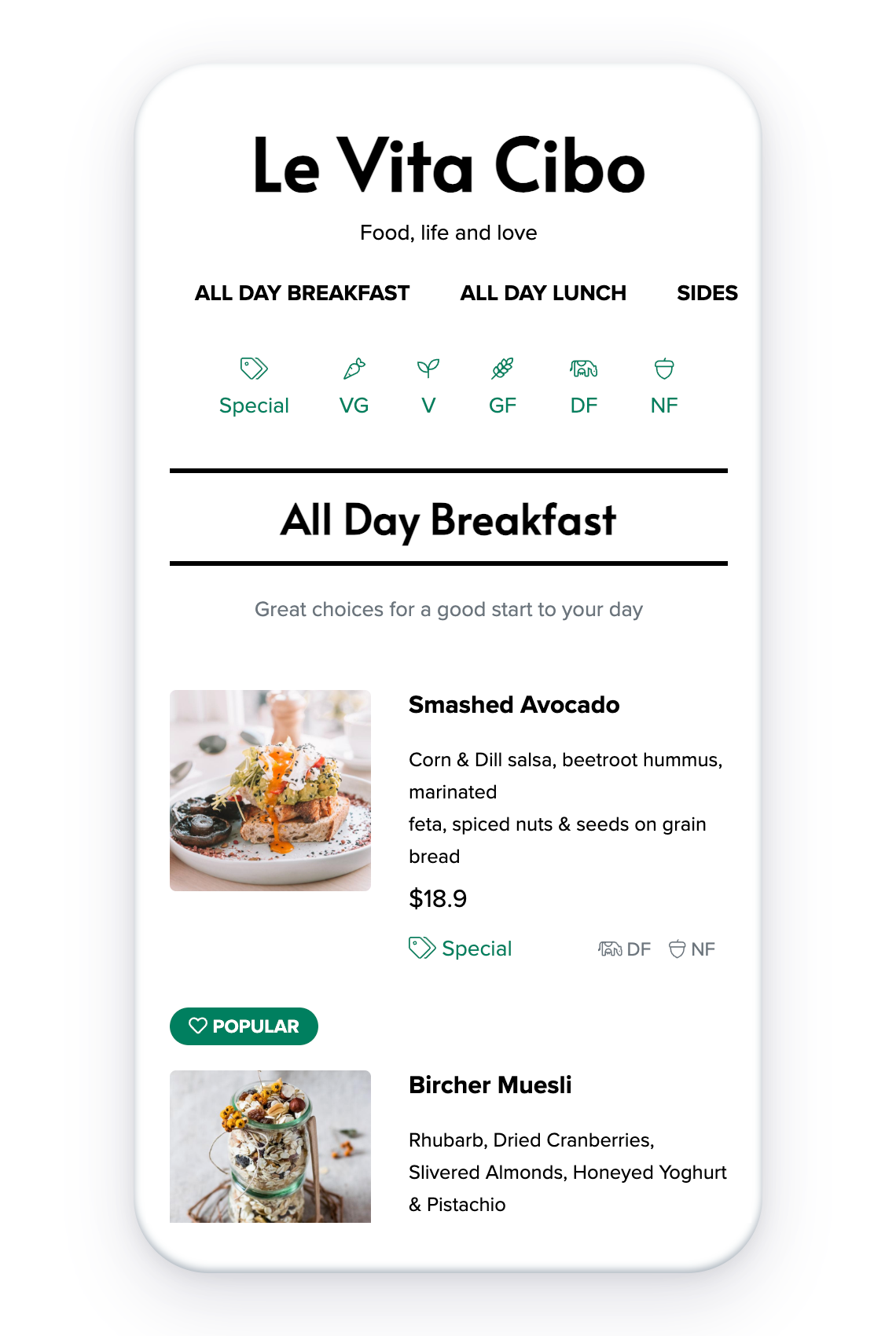
Elevated Comfort Foods
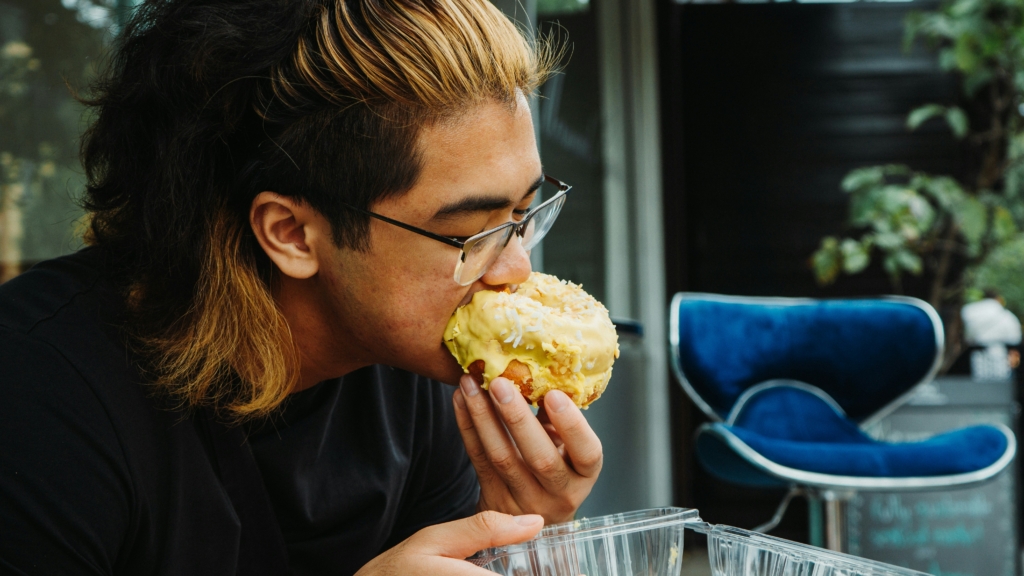
Comfort foods never go out of style, but in 2024, they’re getting an upscale twist. Think gourmet mac ‘n’ cheese with truffle oil or artisanal grilled cheese with locally made bread and cheese.
What Your Restaurant Should Consider:
- Identify your best-selling comfort dishes and explore ways to elevate them.
- Use premium ingredients to justify higher price points.
- Create nostalgia-driven marketing campaigns.
Experiential Dining

Dining out is no longer just about food; it’s about the experience. Immersive and interactive dining concepts are captivating audiences.
What Your Restaurant Should Consider:
- Organize themed dining nights, such as “farm-to-table” or “around-the-world” menus.
- Host cooking classes or behind-the-scenes tours.
- Incorporate live music or art installations to enhance ambiance.
Rise of Non-Alcoholic Beverages
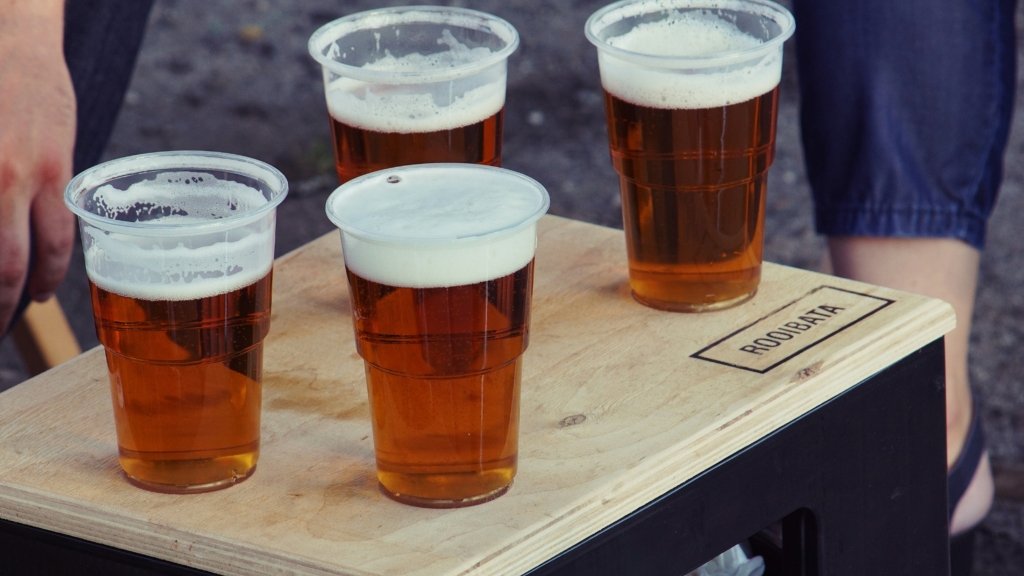
Non-alcoholic and low-ABV beverages are gaining popularity, driven by the sober-curious movement. Craft mocktails, non-alcoholic spirits, and wellness drinks are becoming staples on drink menus. The global non-alcoholic beverage market has been expanding rapidly, with a projected market value of $1.94 trillion by 2029, reflecting an 18.6% growth from 2024.
What Your Restaurant Should Consider:
- Offer an extensive mocktail menu with creative, flavorful options.
- Partner with local breweries or distilleries to feature non-alcoholic craft beers or spirits.
- Market these offerings as sophisticated alternatives to traditional alcoholic drinks.
Personalized Nutrition and AI Menus
AI technology is making personalized nutrition more accessible. Diners are looking for meals tailored to their dietary preferences and health goals.
What Your Restaurant Should Consider:
- Utilize AI tools to create customizable menus based on dietary restrictions and preferences.
- Offer digital kiosks where customers can build their meals interactively.
- Highlight allergen-friendly and customizable options.
Seaweed and Algae-Based Foods
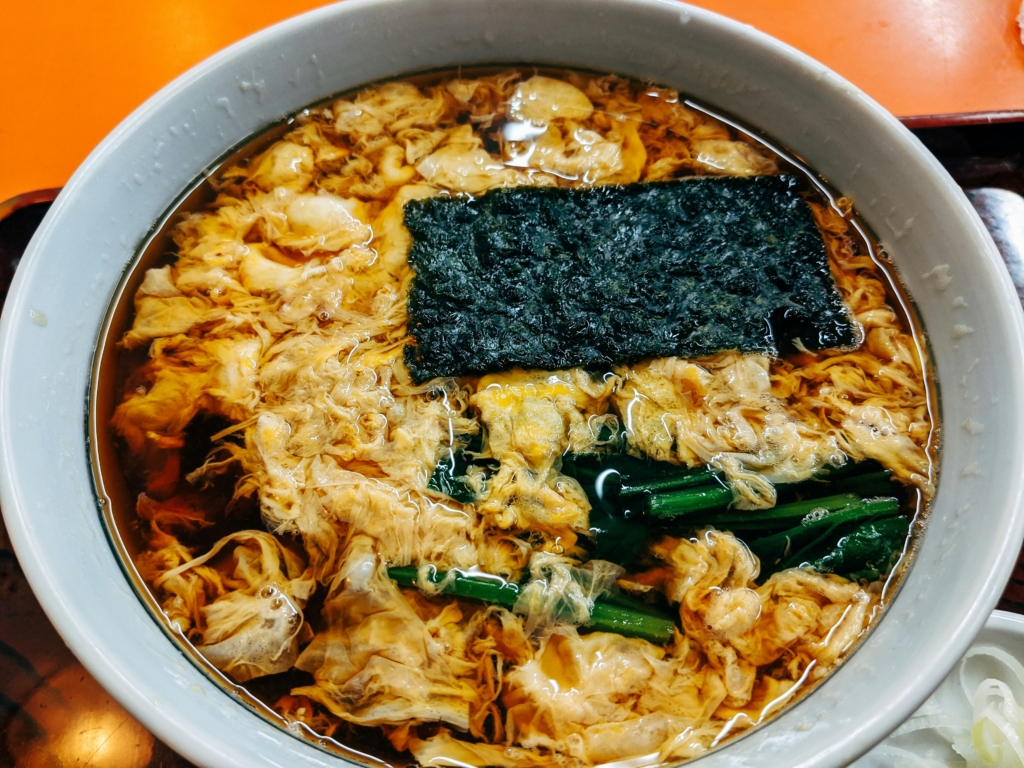
As sustainability remains a focal point, nutrient-rich and eco-friendly seaweed and algae are making waves in the food industry.
What Your Restaurant Should Consider:
- Incorporate seaweed into soups, salads, and snacks.
- Highlight the environmental benefits of these ingredients.
- Experiment with algae-based innovations like plant-based caviar or alternative proteins.
Regional Heritage Cuisines
There’s a growing interest in regional heritage cuisines, celebrating traditional recipes and cooking techniques.
What Your Restaurant Should Consider:
- Explore the culinary history of your region and add heritage dishes to your menu.
- Host events or promotions that highlight a specific regional cuisine.
- Partner with local cultural organizations for authenticity and storytelling.
13. Regenerative Agriculture Focus
Beyond organic, regenerative agriculture emphasizes restoring soil health and biodiversity, offering both sustainability and superior flavors.
What Your Restaurant Should Consider:
- Source ingredients from farms practicing regenerative agriculture.
- Educate customers about these farming methods and their benefits.
- Share stories of your ingredient sources on your website and social media.
Luxury Ingredients

As consumers seek unique and indulgent experiences, luxury ingredients like saffron, caviar, truffles, and exotic spices are seeing a resurgence.
What Your Restaurant Should Consider:
- Use luxury ingredients sparingly to enhance signature dishes.
- Market these dishes as exclusive or limited-time offerings.
- Pair luxury dishes with wine or non-alcoholic beverage recommendations.
Food as Art
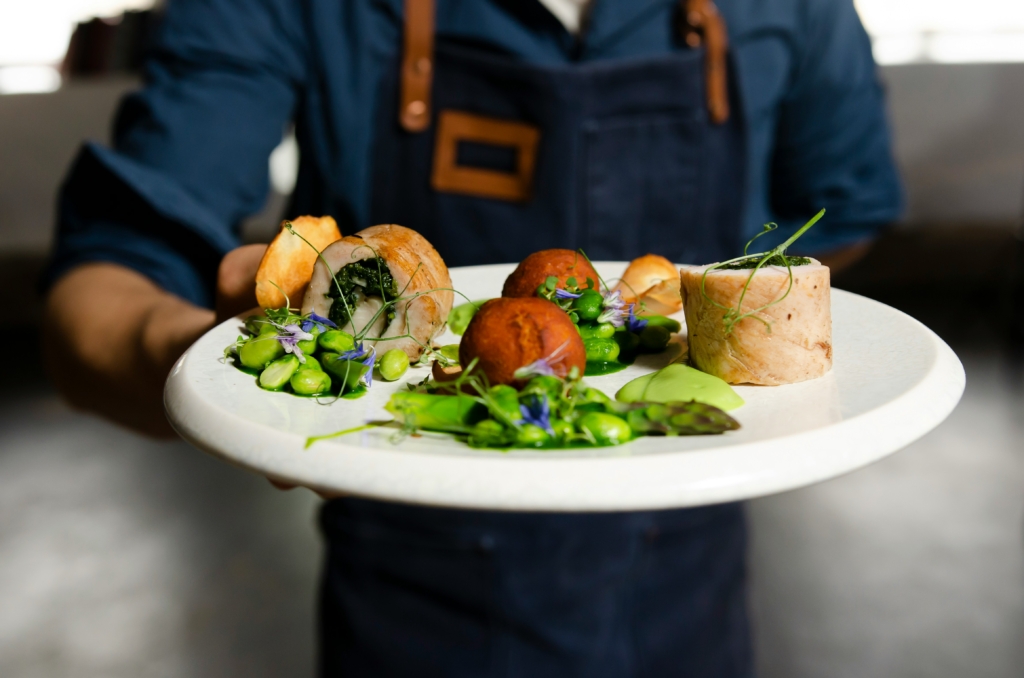
In 2024, food presentation was more artistic than ever, emphasizing visual appeal and creativity.
What Your Restaurant Should Consider:
- Train chefs on advanced plating techniques and food styling.
- Use edible flowers, colorful sauces, and unique serving ware to elevate presentations.
- Encourage diners to share their meals on social media by creating Instagram-worthy dishes.
Final Thoughts
The food trends of 2024 presented exciting opportunities for restaurants to innovate, connect with customers, and embrace sustainability. By integrating these trends thoughtfully, your establishment can stand out in 2025.
QR code menus
Beautiful digital menus for small restaurants bars and cafes
Per month
Free 14 day trial
